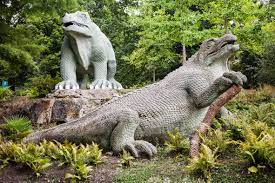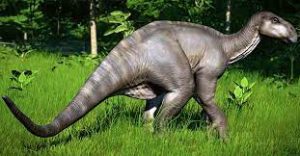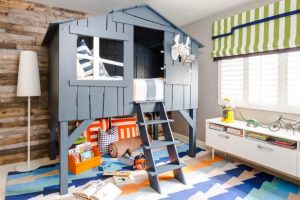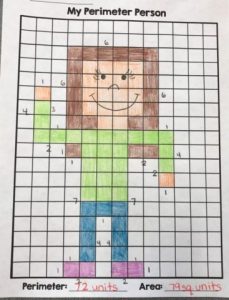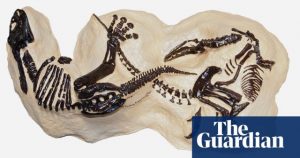Over the next few weeks, we will be examining mechanics, machines, inventions, and some physics! One of my favourite examples of these Scientific ideas in action is the Rube Goldberg machine… a machine that uses a series of complex reactions to do something simple! Check out this video above of a professional ‘useless’ machine builder!
Stay tuned for more information on our Scientific discoveries!

